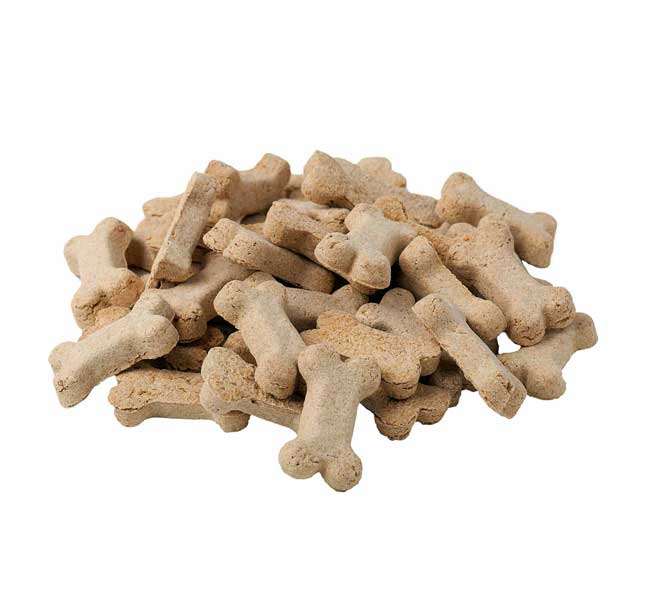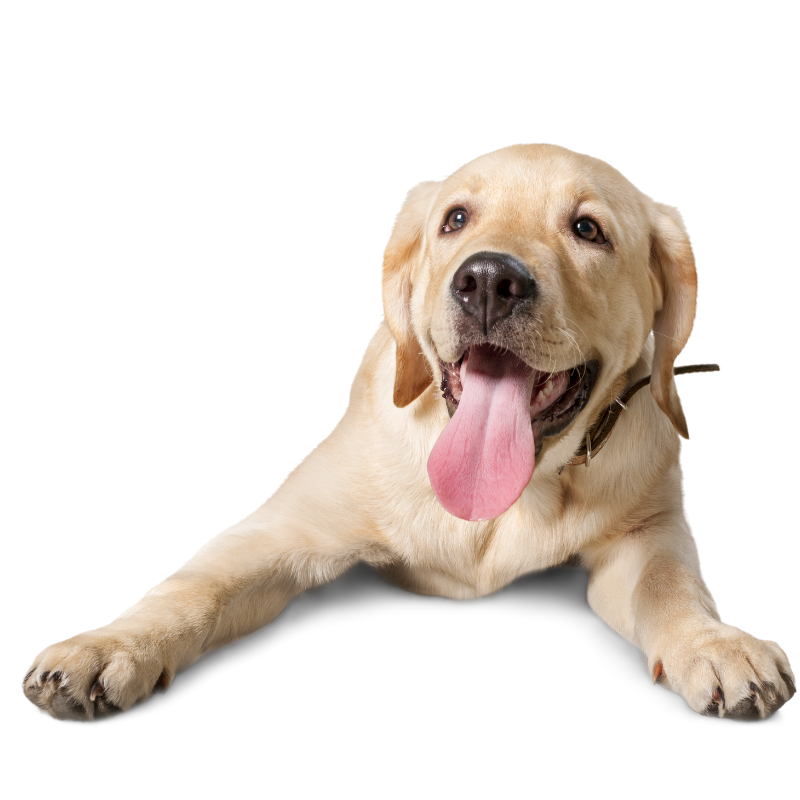
Feeding times and frequency for your dog
I’ve heard conflicting advice about feeding my dog - once a day, twice a day, just keep the bowl full. I’m confused! What is a good feeding schedule?
Feeding your dog doesn’t have to be mysterious. By understanding a few key concepts and characteristics of dogs, we can create a very reasonable feeding plan for them.
Dogs are creatures of habit. We can use this fact to our advantage by creating a regular feeding schedule and sticking to it.
A regular feeding schedule helps with house-training puppies as well as adult rescue dogs that have not been house-trained. Puppies usually need to relieve themselves within 10 to 15 minutes of eating. By associating the “potty stop” with food, we not only allow ourselves to anticipate when the puppy will need a trip outside, but allow the puppy to learn to associate the urge to urinate and defecate with being in an appropriate place. This is a very important step in the house training process.
Feeding an adult dog at a regular time provides certainty and predictability of the routine. Food becomes the cornerstone of the day, to which other activities are added. A feeding schedule helps your dog cope with changes in the household (such as when a child moves away to college, a new baby arrives, or a vacation during which a sitter is in charge).
A feeding routine facilitates the necessary change of food. When your dog is used to eating at the same time every day, his body will adjust to expect food at that time. Hunger can be a great motivator! If the phase is set for increased hunger, followed by meals at regular times, then the transition to the new food will often be seamless and straightforward.
Dogs have a simple stomach anatomy, just like humans. Because dogs have a simple stomach structure, once the stomach is filled with food, it empties within hours as the food moves to the small intestine. After 8 to 10 hours, an empty stomach begins to send signals to the brain stimulating the hunger response. For this reason, at least two meals a day are best for your dog. Imagine having breakfast every day and that was it! Regular, routine feeding times allow your dog’s body to prepare for the food it will receive. It is not recommended to keep the bowl filled and allow grazing.
Disruption of eating habits can be a warning sign of illness. When dogs eat regularly, this habit becomes stronger. It is easy to see at a glance whether all the food from the meal is consumed. If there is food left, either all or part of it, this is an important sign that something is wrong and it’s time to schedule a visit to the vet.
I was told that puppies should eat whatever they want; 3 or 4 times a day. Is it true?
Feeding your puppy all it can eat at once is called “ad libitum” or “free choice” feeding. This is not recommended as it can cause teenage obesity, binge eating and also set the stage for some orthopedic problems and diabetes. Overeating at any meal can also cause stomach upset and bloating causing slower digestion. Dogs are recognized to have a genetically determined “set point” for their adult size. Slower, controlled growth in puppies optimizes body condition in adulthood.
How many meals should my dog eat per day?
The number of meals a dog eats per day depends entirely on the family schedule. Dogs should eat at least two meals each day, about 12 hours apart. But an equally great option is the breakfast, lunch and dinner plan. If more than 12 hours pass between meals, the stomach can become acidic and cause nausea.
My dog does not finish his food all at once. I think he prefers to graze. What should I do?
Some dogs can really regulate their food intake quite well. It’s still a good idea to create mealtime expectations. This will make it easier for you if you add another animal to your family sometime in the future. For herders, simply measure the daily portion of food in the morning and offer the bowl several times during the day. Choose regular times to create a routine that we know is helpful. It is important to use a measured portion, either with a measuring cup or a kitchen scale, per day.
Another aspect is the use of toys for food. There are many options from mobile food toys that only occasionally drop food pellets to stationary food toys that require the dog to work for the food. For more information on these types of feeders, see the “Feeding the Mind and Body: Interactive Feeders for Dogs and Cats” leaflet. Food toys are almost as much fun for the people in your family as they are for your dog!
Your veterinarian remains the best source of nutritional advice for your dog to answer important questions such as what to feed, how much to feed and how often to feed. Feeding time can be an important bonding time. Creating routine and regular feeding times incorporates fun into everyday activities.
